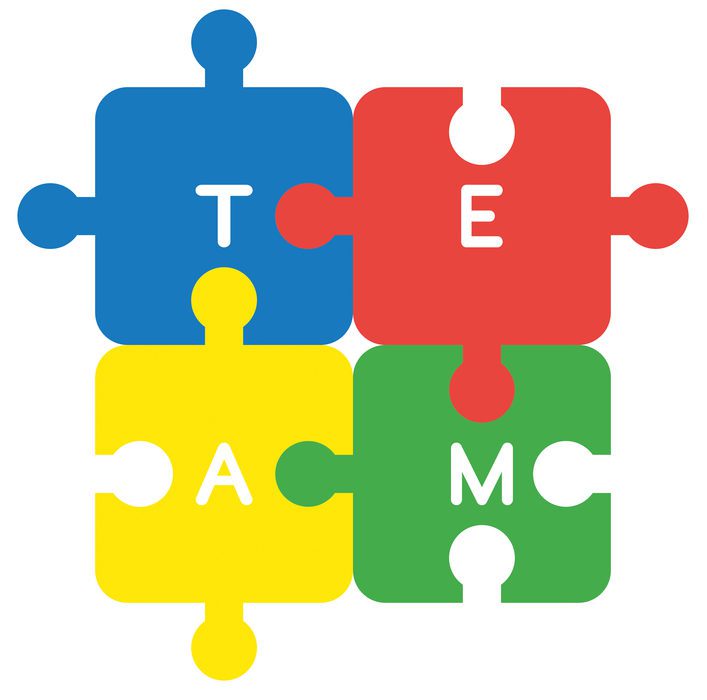Part 1 of 3: A Guide to Managing a Remote Team
5 Tips You Can Apply Immediately to Successfully Manage Your (Newly) Remote Workers
In response to the uncertainties presented by Covid-19, many companies have asked their employees to work remotely. While close to a quarter of the U.S. workforce already works from home at least part of the time, the new “stay-in order” has currently forced many employees and their managers to adopt a work-from-home life instead of working together in an office.
The following tips were recently shared with our clients who now have a newly remote workforce, and they will help you and your team be productive regardless of where a person works.
Tip #1: Trust the People You Hire
Remote work stops “working” when you can’t trust the person on the other end of the line. If you continually find yourself worrying what someone is doing, then you are spending brain cycles focusing on something other than the product or customers. Trust is key ? so, make sure you have this with your team.
You can help your team build trust with you by communicating a lot in the beginning with face-to-face videos and/or phone calls. Your team needs to see you, and you need to see them. The good news is that services like Zoom, Go-to-Meetings, WebEx or Google’s Team Hangouts make this easier.
Helping your remote workers “feel cared for as an individual” is a fundamental element of engagement in a virtual team
DO: We recommend managers establish weekly structured 15-minute check-ins plus 15-minute interactions that are fun to keep your team connected, and everyone engaged and motivated.
Enabling your team to know whom and where to turn for help will drive productivity and accountability. Also, this will help build trust through transparency and individualization while concurrently improving business outcomes.
It will take diligence, creativity, resourcefulness, and a great deal of open conversations to develop your team remotely.
Tip #2: Drive Accountability
There is an inherent freedom and happiness that comes from having the ability to work from anywhere, but it is also a privilege.
DO: Remind your team that maintaining this autonomy and freedom relies on remaining accountable to other team members and to the company mission.
DO: Set clear expectations for your team. That includes defining scopes, deadlines, deliverables, and KPIs for each task or project. Setup yourself and your team for success by clearly stating in writing both the tasks and the reasons behind them, and help your team understand exactly how you will measure success to avoid misunderstandings or surprises.
DO: Share weekly progress updates, challenges, and check-ins to keep the team in the loop, and also hold everyone at your company accountable to everyone else to do their part.
Tip #3: Establish “Rules of Engagement”
Remote work becomes more efficient and satisfying when managers set expectations for the frequency, means, and ideal timing of communication for their teams ? and as a result, find ways to boost performance in their high potential employees.
DO: We recommend that you establish simple “Rules of Engagement”
with your remote team as soon as possible to set the foundation for your working relationships. It’s never too late to do this.
And, while some communication expectations may be different than others, the most important factor is that you and your employees agree to the same set of expectations for communication.
Recently, we hosted a two-hour Zoom video conference for a business owner, Jerry, and his direct reports. During this meeting, we helped Jerry and his team outline four Rules of Engagement:
Communication Preferences: What do people prefer? Email, text, phone?
Email Protocol: What emails are responded to within same business day? Within 24 hours? When do you cc others?
Team Deadlines + Commitments Using SMART Goals: SMART = Specific, Measurable, Attainable, Relevant, and Time-Bound.
Communication Breakdowns: What to do when there is conflict, misunderstanding, disagreement or frustration with each other?
Tip #4: Establish a Common Team Language
It’s more important than ever to pay close attention to how you communicate. The subtext and nuances of your word choices can have a big impact, regardless of how good your intentions are. So, before anything, normalize it. Share with your employees that miscommunications will happen, which is why establishing a shared,
collective language for your team to help navigate those breakdowns is going to be helpful.
Examples of common terms are:
Communication breakdown
Grounding for feedback
DiSC working styles
Rewinding that instant, and here is what I would do differently?
DO: Take the time to outline a protocol or a process in-place for when a communication breakdown does occur. An example could look like, “We identify a breakdown in workplace communication with a team member and will schedule a 15-minute phone or video call within 72 hours of occurrence to find out why and what we can do to resolve it.”
Having a common team language will help your remote team members get comfortable with learning from failure, identifying challenges, and being solutions-oriented rather than dwelling on the problem.
Tip #5: Create Collaboration Opportunities
To further help you navigate and strengthen productivity, teamwork and communication, hosting a virtual event and highlighting a team-building tool like the Everything DiSC Workplace can help your team
learn how to adapt to other people’s communication styles, how to support each other, and how to better work together. This type of program is designed to help raise awareness of one’s own work style, the style of others, and blending those styles to build more effective interactions that will inspire you. Last but not least, a friendly reminder to make the continued effort to get to know your team as people first.















